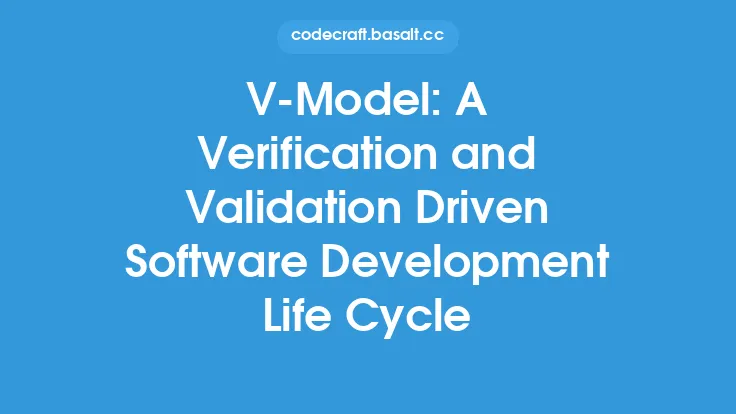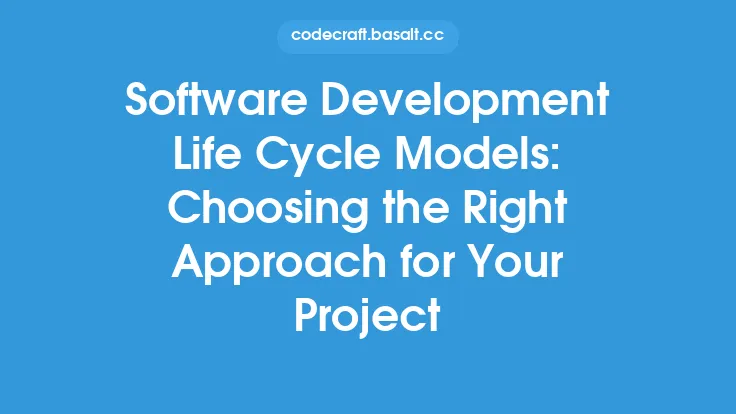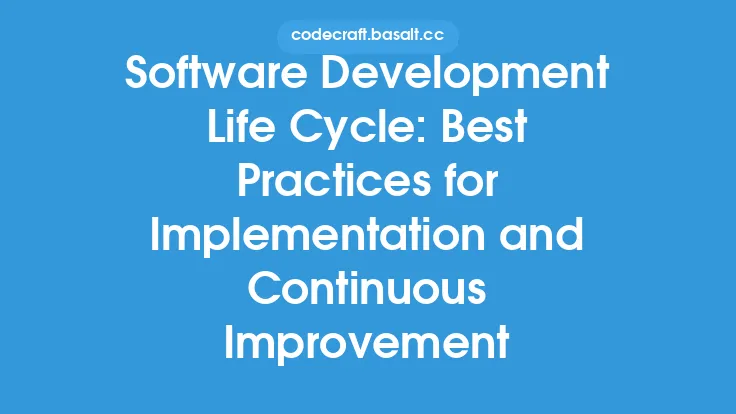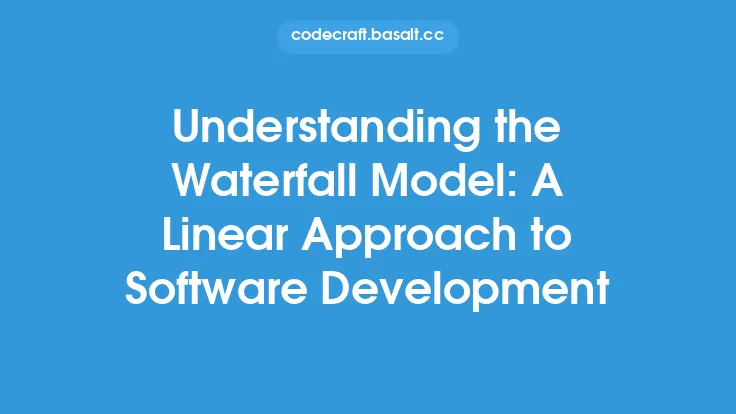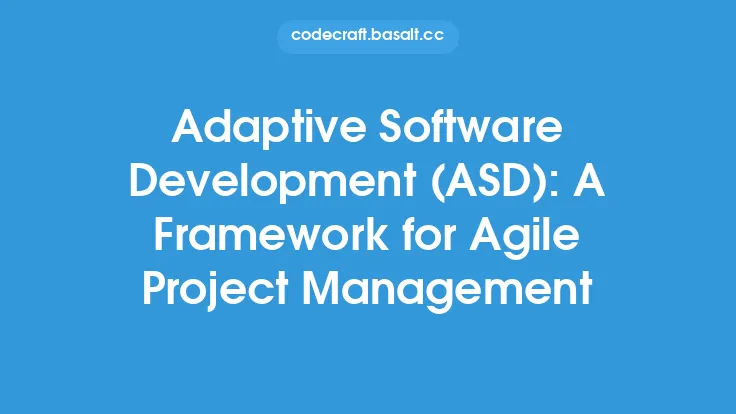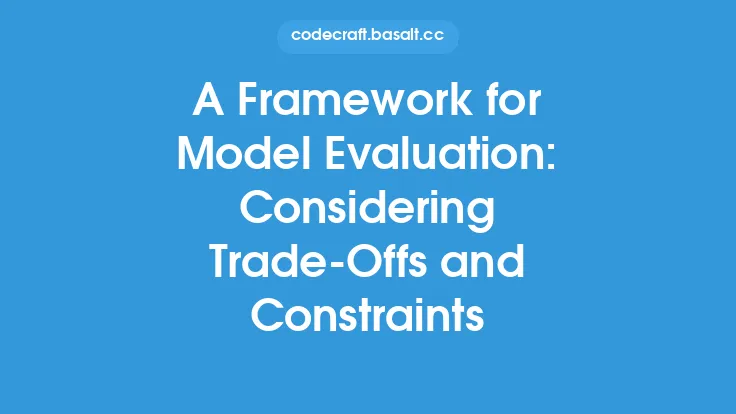The Build-Operate-Transfer (BOT) model is a framework used in software development and maintenance that has gained popularity in recent years due to its flexibility and cost-effectiveness. This model allows companies to outsource their software development and maintenance needs to a third-party vendor, who builds, operates, and eventually transfers the software back to the company. In this article, we will delve into the details of the BOT model, its benefits, and its applications in software development and maintenance.
Introduction to the Build-Operate-Transfer Model
The BOT model is a collaborative approach between a company and a third-party vendor, where the vendor is responsible for building, operating, and maintaining the software for a specified period. The model typically involves three phases: build, operate, and transfer. During the build phase, the vendor designs, develops, and tests the software according to the company's requirements. In the operate phase, the vendor is responsible for maintaining and supporting the software, ensuring that it meets the company's needs and is running smoothly. Finally, in the transfer phase, the vendor transfers the software back to the company, along with all the necessary documentation, knowledge, and expertise.
Benefits of the Build-Operate-Transfer Model
The BOT model offers several benefits to companies, including cost savings, increased efficiency, and improved quality. By outsourcing software development and maintenance to a third-party vendor, companies can reduce their upfront costs and avoid the need to invest in expensive infrastructure and personnel. The vendor is responsible for managing the software development and maintenance process, which allows companies to focus on their core business activities. Additionally, the BOT model allows companies to tap into the vendor's expertise and knowledge, which can result in higher-quality software and improved maintenance.
Key Components of the Build-Operate-Transfer Model
The BOT model involves several key components, including the build phase, operate phase, and transfer phase. During the build phase, the vendor is responsible for designing, developing, and testing the software according to the company's requirements. This phase typically involves a thorough analysis of the company's needs, as well as the development of a detailed project plan and timeline. In the operate phase, the vendor is responsible for maintaining and supporting the software, ensuring that it meets the company's needs and is running smoothly. This phase typically involves ongoing maintenance, troubleshooting, and updates to ensure that the software remains stable and secure. Finally, in the transfer phase, the vendor transfers the software back to the company, along with all the necessary documentation, knowledge, and expertise.
Applications of the Build-Operate-Transfer Model
The BOT model has a wide range of applications in software development and maintenance, including custom software development, software maintenance and support, and IT outsourcing. The model is particularly well-suited for companies that require complex software solutions, but lack the necessary expertise or resources to develop and maintain them in-house. The BOT model is also useful for companies that need to quickly develop and deploy software solutions, as it allows them to tap into the vendor's expertise and resources.
Best Practices for Implementing the Build-Operate-Transfer Model
To ensure the success of the BOT model, companies should follow several best practices, including clearly defining project requirements, establishing a strong partnership with the vendor, and developing a comprehensive project plan. Companies should also ensure that the vendor has the necessary expertise and resources to develop and maintain the software, and that the vendor is committed to delivering high-quality results. Additionally, companies should establish a clear transfer plan, which outlines the process for transferring the software back to the company at the end of the contract.
Challenges and Risks of the Build-Operate-Transfer Model
While the BOT model offers several benefits, it also involves several challenges and risks, including the risk of vendor lock-in, the risk of poor quality, and the risk of intellectual property theft. Companies should carefully evaluate the vendor's expertise and resources, as well as their track record of delivering high-quality results. Companies should also establish a clear contract that outlines the terms and conditions of the project, including the scope of work, timelines, and payment terms. Additionally, companies should ensure that the vendor is committed to delivering high-quality results, and that they have a clear plan in place for transferring the software back to the company at the end of the contract.
Conclusion
The Build-Operate-Transfer model is a flexible and cost-effective framework for software development and maintenance that offers several benefits to companies, including cost savings, increased efficiency, and improved quality. By outsourcing software development and maintenance to a third-party vendor, companies can reduce their upfront costs and avoid the need to invest in expensive infrastructure and personnel. However, the BOT model also involves several challenges and risks, including the risk of vendor lock-in, the risk of poor quality, and the risk of intellectual property theft. To ensure the success of the BOT model, companies should follow several best practices, including clearly defining project requirements, establishing a strong partnership with the vendor, and developing a comprehensive project plan.
